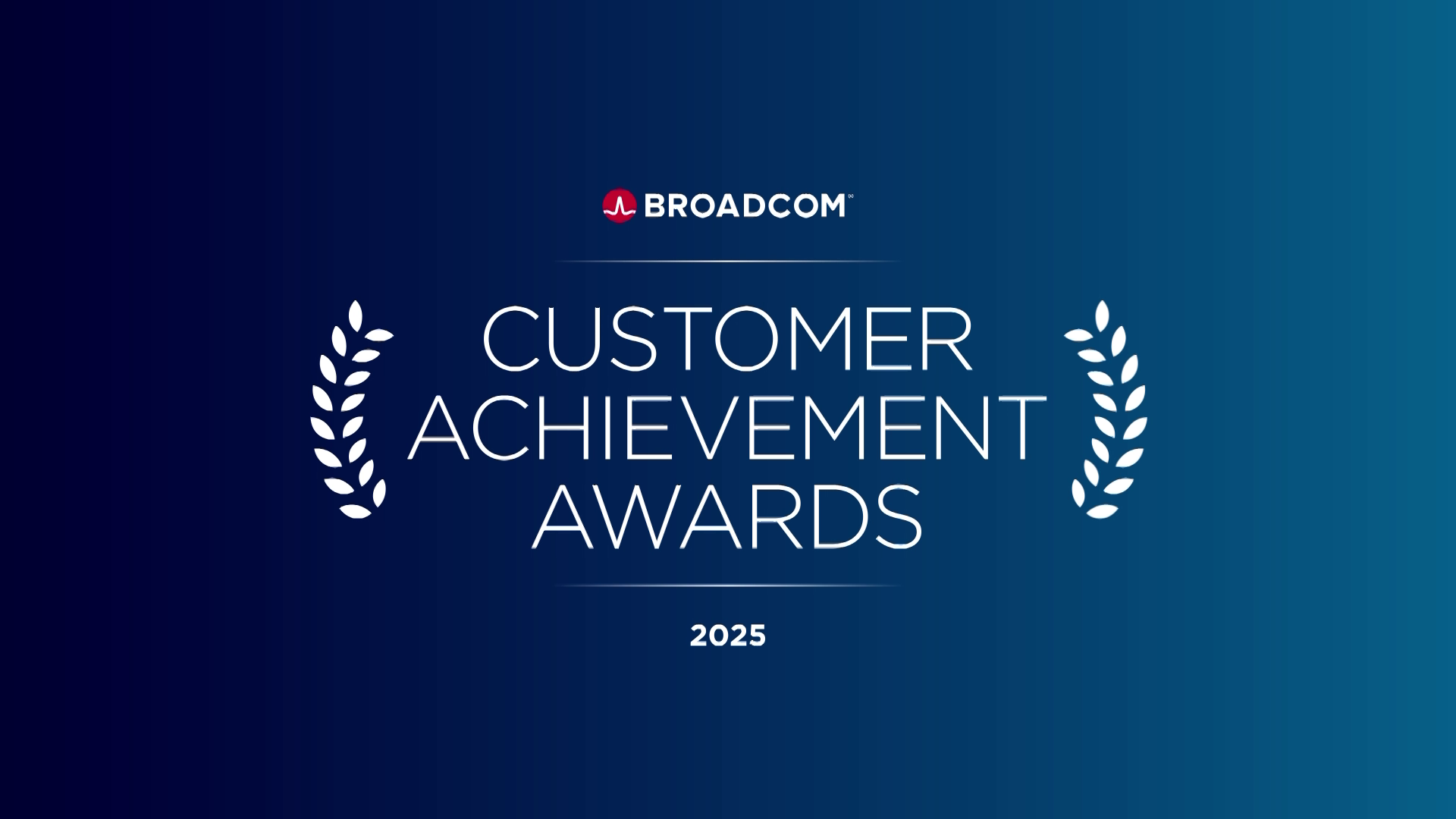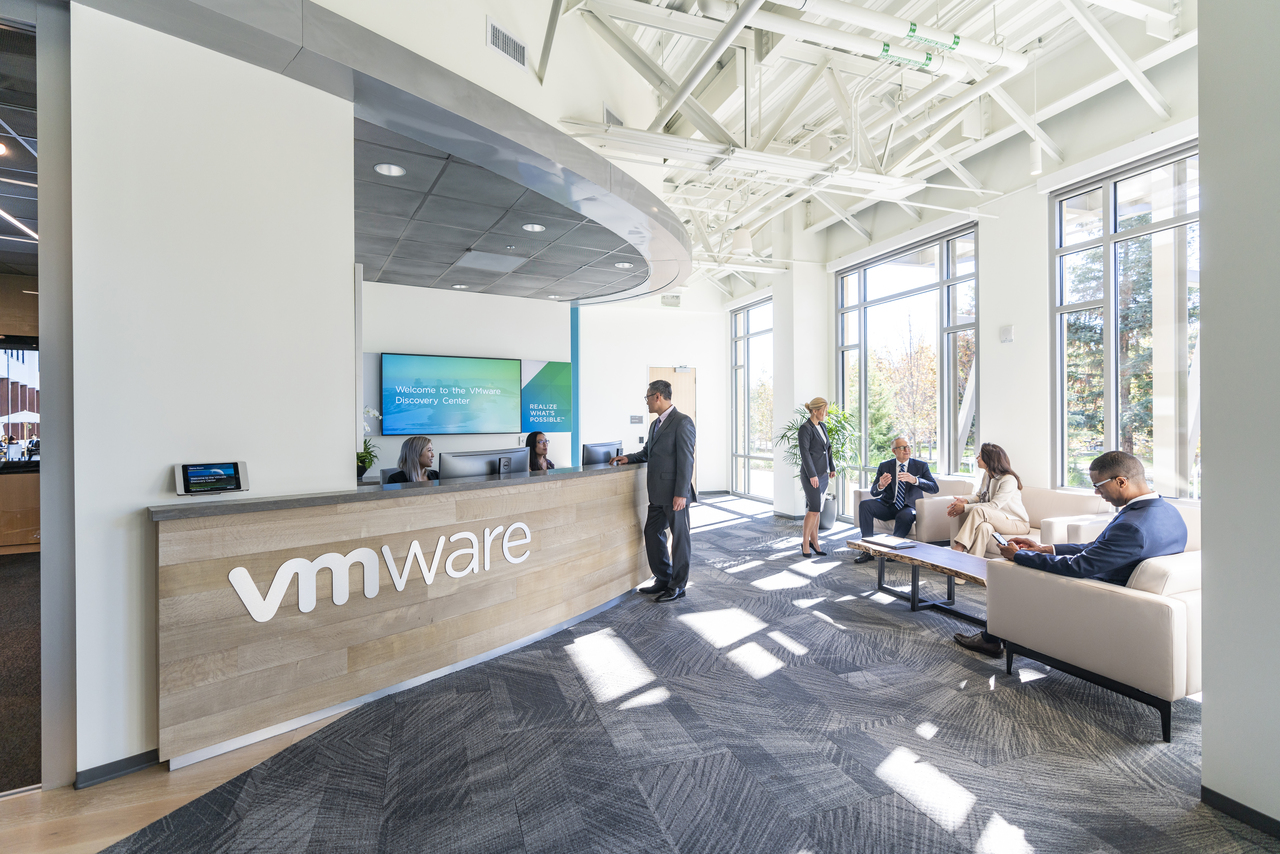

Broadcom and Canonical Expand Partnership to Optimize VMware Cloud Foundation for Modern Container and AI Workloads
LAS VEGAS—VMware Explore 2025—August 26, 2025—Broadcom Inc. (NASDAQ: A...

Broadcom Makes VMware Cloud Foundation an AI Native Platform and Accelerates Developer Productivity
LAS VEGAS—VMware Explore 2025—August 26, 2025—Broadcom Inc. (NASDAQ: A...

VMware Cloud Foundation Elevates Cyber Resilience, Compliance, and Security for the Modern Private Cloud
LAS VEGAS—VMware Explore 2025—August 26, 2025—Today, Broadcom Inc. (NA...

Customer Achievement Award Winners Innovate with Purpose, Vision and Impact
Broadcom Customer Achievement Awards recognize and celebrate our custo...

Dubai Airports Elevates Operations with Broadcom Software Solutions
Dubai Airports, operator of Dubai International (DXB), the world’s top...

Leading Online Gaming Provider Greentube Overcomes the Challenge of Compliant, Global Expansion with VMware Cloud Foundation
The online gaming industry is booming. With over 1.2 billion projected...

Broadcom Helps GCI Transform Operations and Services on the Alaskan Frontier
As the largest telecommunications company in the nation’s largest stat...

VMware Cloud Foundation Delivers a Private Cloud Platform to Accelerate Customers’ AI, Sovereignty and Security Outcomes
Broadcom Unveils New and Expanded VMware Cloud Foundation Advanced Ser...

Broadcom Unveils the Future of VMware Cloud Foundation
VMware Cloud Foundation 9 will deliver a unified platform that simplif...

VMware Appoints New R&D Leads
Today VMware confirmed four new leadership appointments across its res...



